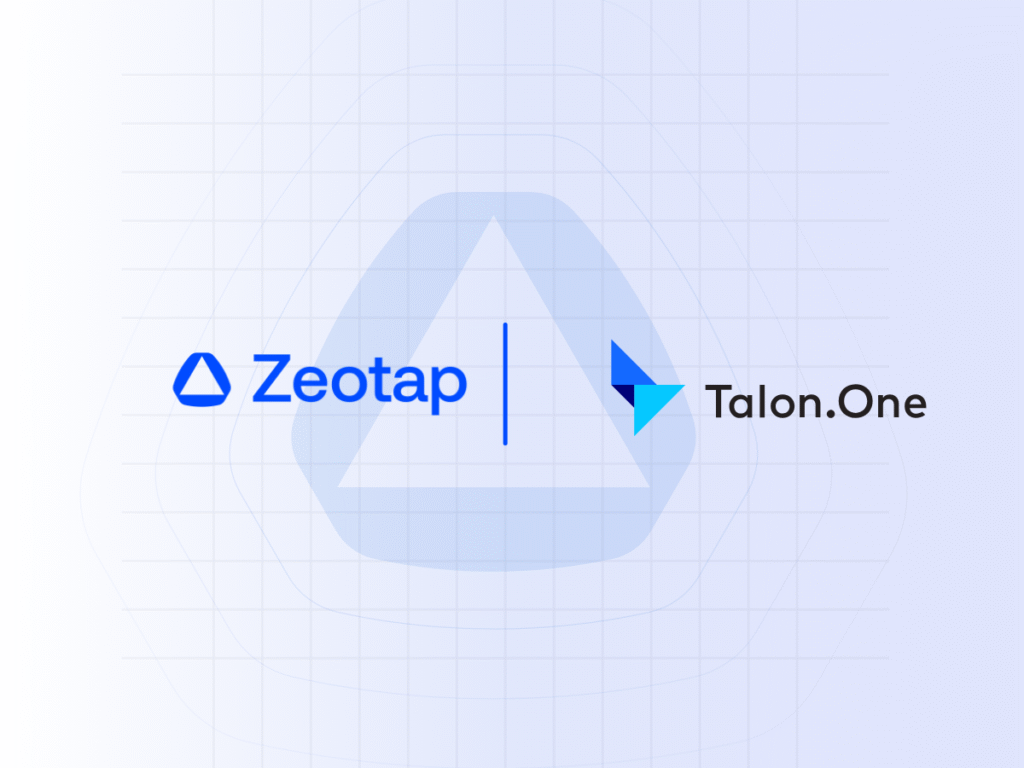
As consumers continue to move towards digital-first experiences, having the right tech stack in place is key for brands to make the most of higher volumes of traffic and engagement and drive a higher ROI – specifically in terms of collecting, managing and activating customer data.
This is where Customer Data Platforms (CDPs) take centre stage. CDPs enable brands to build a strong foundation of first party data by aggregating customer data collected from multiple sources, structuring it into single customer profiles, and then allowing it to be accessed by other softwares.

With these customer profiles, marketers can then create audience segments (sometimes even based on machine learning), and activate them across other channels such as paid media, SMS marketing, customer service tools or website personalisation.
While CDPs can achieve multiple objectives – from delivering data-driven marketing to maximising paid acquisition return – they’re especially vital for marketers to cut through the digital sales noise and focus on targeting the right customers with the right experiences.
In this article we explore six CDP use cases that help organisations get the most out of their data and pull ahead of competitors.
6 Top CDP Use Cases To Boost Performance
The following use cases highlight just some of the ways in which CDPs can enhance business ROI and performance by better targeting or a more personalised communication or else by identifying the best upsell and cross sell opportunities.
1. Identify email opt-outs to target via different channels
Using a CDP, marketers gain access to multiple marketing systems consisting of rich data sets that enable them to create granular segments and target audiences based on specific attributes and behaviours.
For example, a CDP can segment users who have opted-out of email campaigns, but who have shown past high purchase intent because they have engaged with one or more previous marketing campaigns targeted across social media channels.
By pausing the spend on email marketing campaigns that may be wasted efforts if consumers are not subscribed, marketers can redirect their budget into highly targeted social campaigns that consumers are more likely to engage with.
2. Create relevant lookalike audiences to identify high-value customers
To achieve highly effective lookalike audiences, the key lies in pushing first-party data to downstream systems through a CDP. By consolidating customer data into a comprehensive 360 degree customer view using advanced machine learning algorithms, the CDP creates precise and informative customer segments.
This remarkable advantage empowers marketers to generate lookalike audiences with a significantly higher likelihood of conversion, crucial for maximising ROAS. With the foundation of lookalike audiences built on converting factors like transactional data, customer behaviour, and demographic information, marketers can confidently invest their ad budgets, knowing they are targeting relevant audiences. By leveraging these valuable insights based on their first party data, CDPs facilitate the creation of potent lookalike audiences, offering immense potential for driving successful marketing endeavours.
3. Run highly personalised campaigns
From the moment a consumer shows interest in a brand down to the moment they hit the ‘purchase’ button, they expect their experiences to be tailored just for them – which makes personalising customer journey touchpoints an essential step to driving a higher ROI.
CDPs not only enable marketers to deliver more accurate personalisation based on a single view of the customer, but they also integrate with a marketer’s tech stack in order to deliver these experiences based on data collected in real-time. One example of this would be triggering emails from your ESP based on a customer’s recent in-store transaction.
What this means is that for specific events or promotions, marketers are able to better optimise marketing campaigns and create better targeted lead nurturing campaigns in the run up to the event by sending relevant communications to the right audiences, on the right platform, at the right time, based on previously collected customer behavioural data.
Access to a unified customer database can be especially useful in retail sales, as sales systems often contain a lot of data that can be leveraged for marketing purposes – data which would otherwise be siloed in different departments.
By using a CDP to integrate customer purchase history data with email, SMS, and push notifications, marketers are able to send highly personalised product recommendations that are more likely to result in a sale.
This is exactly what we did for Virgin Media O2, the UK based giant telecom company. By unifying data silos and enriching this with Zeotap’s Data, we were able to create extremely valuable retargeting audiences, and exclusion lists.
4. Identify one time buyers for LTV targeting
Thanks to a CDP, it is easy to identify consumers who purchase from an eCommerce store frequently at a specific time of year, but not throughout the rest of the year.
This information is key for an eCommerce business to boost their return on investment: by identifying and segmenting this group of customers, they can be removed from other marketing efforts where they are less likely to engage.
Instead, marketers can create alternative campaigns that specifically target consumers at certain times of year and offer them exclusive offers, discounts and other specific product promotions.
5. Entice shoppers with upsell and cross sell opportunitie
Revenue opportunities are typically maximised through the use of exclusive sales, offers and discounts.
One way to make the most of this tactic is by introducing cross-selling and upselling. However, triggering an upsell or cross-sell opportunity when a customer simply isn’t ready or interested can result in increased attrition, lower order value and an expensive ROI.
As the requirement to successful upsell and cross-sell campaigns is a single, unified view of a customer’s behaviour and their customer journey, which is where a CDP can once again help to maximise ROI.
However, when done correctly, customers can be introduced to new products or content that increases order value, while also strengthening their trust in the brand at the same time.
6. Enhance customer relationship management by integrating data
Data management platforms (DMPs) and Customer Relationship Management platforms (CRMs) are essential for understanding how customers interact with a brand at every stage of their relationship.
CRMs provide an overview of a customer’s purchase history, contact information and other valuable data points that can be used to create targeted marketing campaigns. DMPs, on the other hand, offer insights into a customer’s web browsing history and behaviour, providing information on the types of content they consume and how they interact with it.
While both systems are essential for understanding customer behaviour, they are often siloed, making it difficult to get a holistic view of the customer journey. This is where a CDP can help.
By integrating data from both systems and providing a single view of the customer, you can avoid data silos and gain clear customer insights of how consumers interact with your brand.
With a CDP in place to integrate and collect data, marketers can enhance their CRM with valuable insights from the DMP, making it easier to understand customer behaviour and create targeted marketing messages and campaigns that are more likely to result in a conversion.
At the same time, the CDP can also help to improve the accuracy of the data in the CRM, making it more valuable for future marketing strategies.
Conclusion
Overall, defining the breadth of what a CDP can do is like saying ‘how long is a piece of string?. So if you’re deciding whether a CDP is right for you, it might help to understand how other marketers in your situation are using theirs.
To find out, download The Enterprise Marketer’s Guide to Customer Data Platforms for an in-depth look at the top characteristics and considerations behind an investment-worthy CDP.





